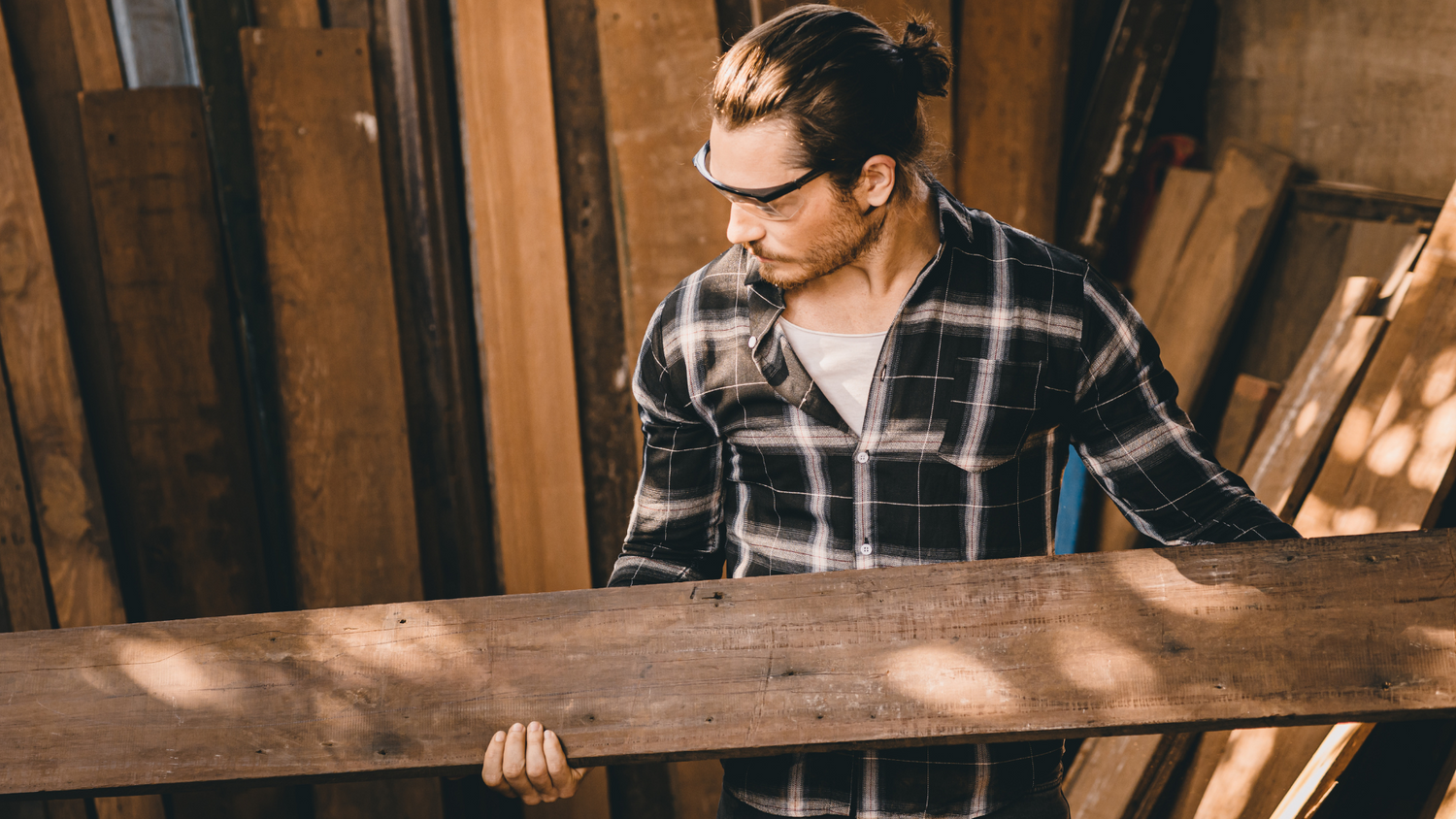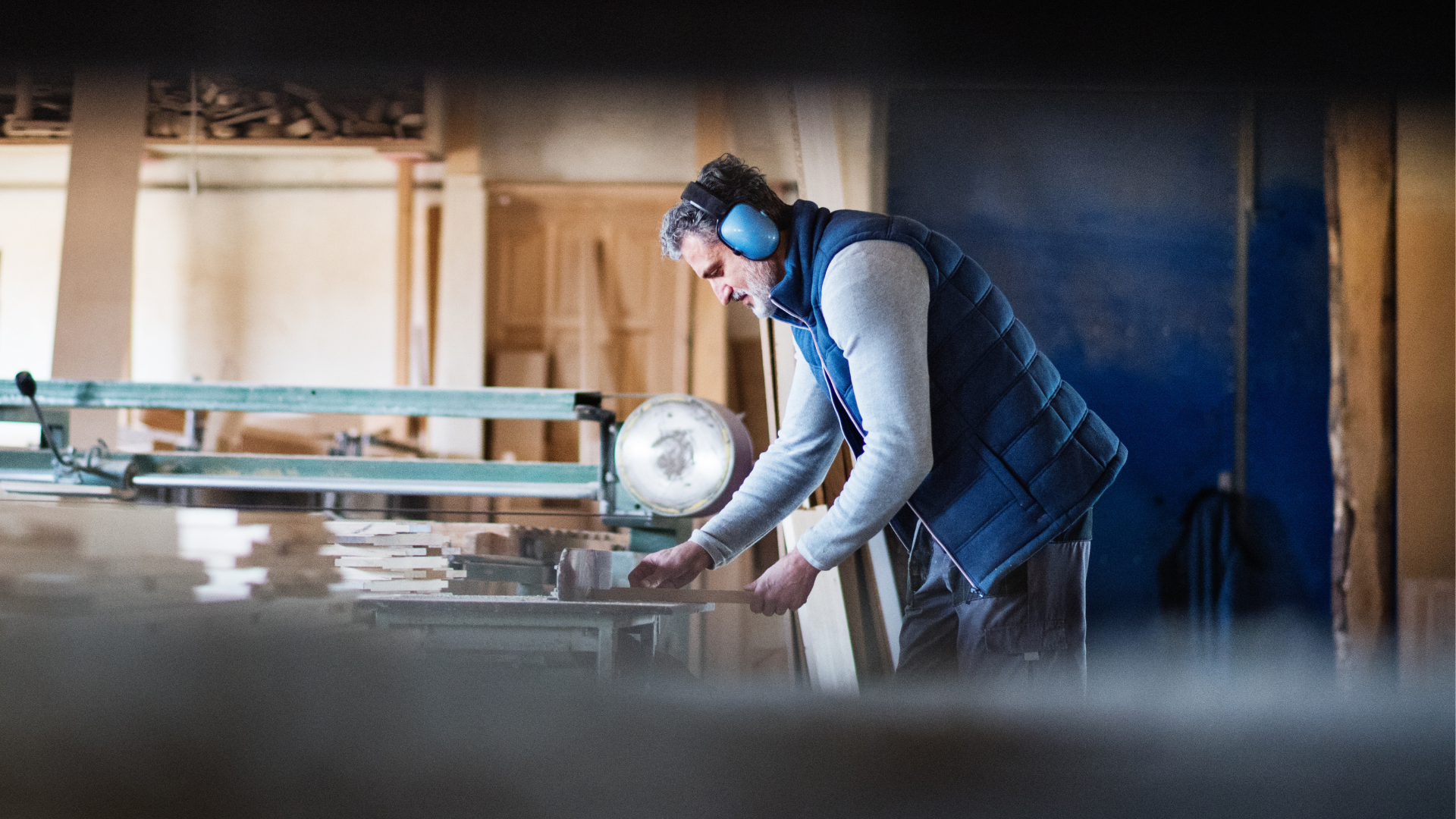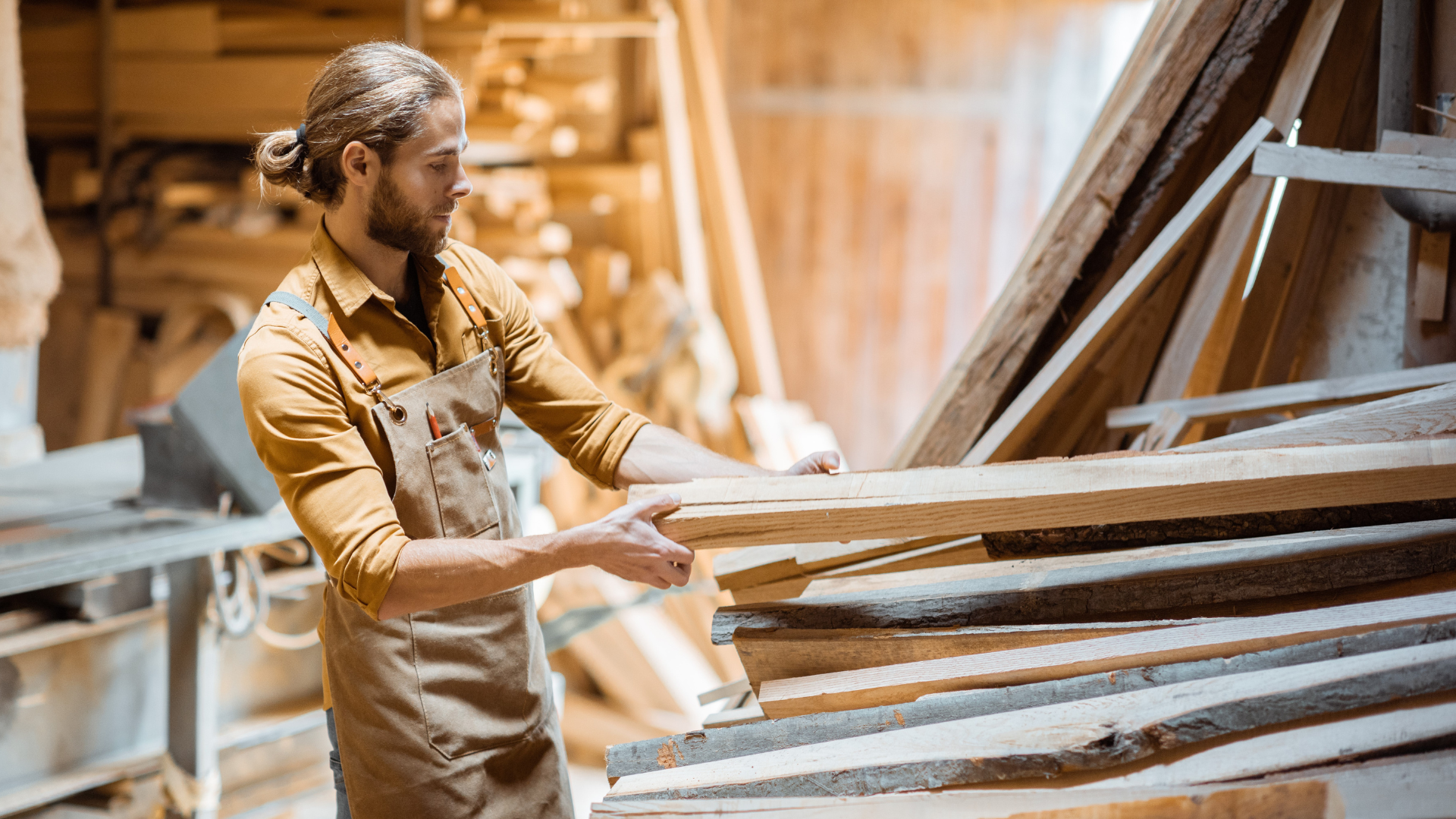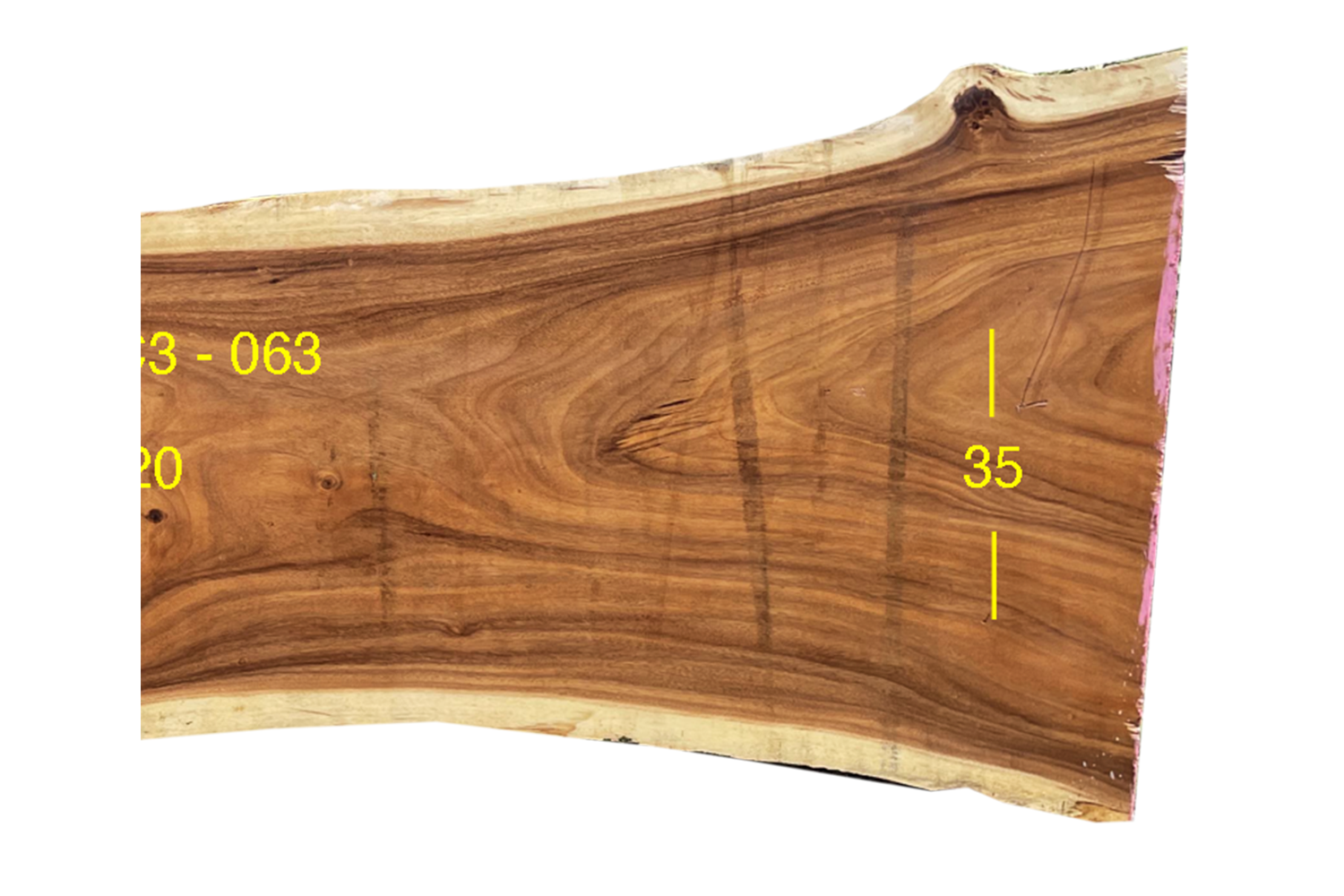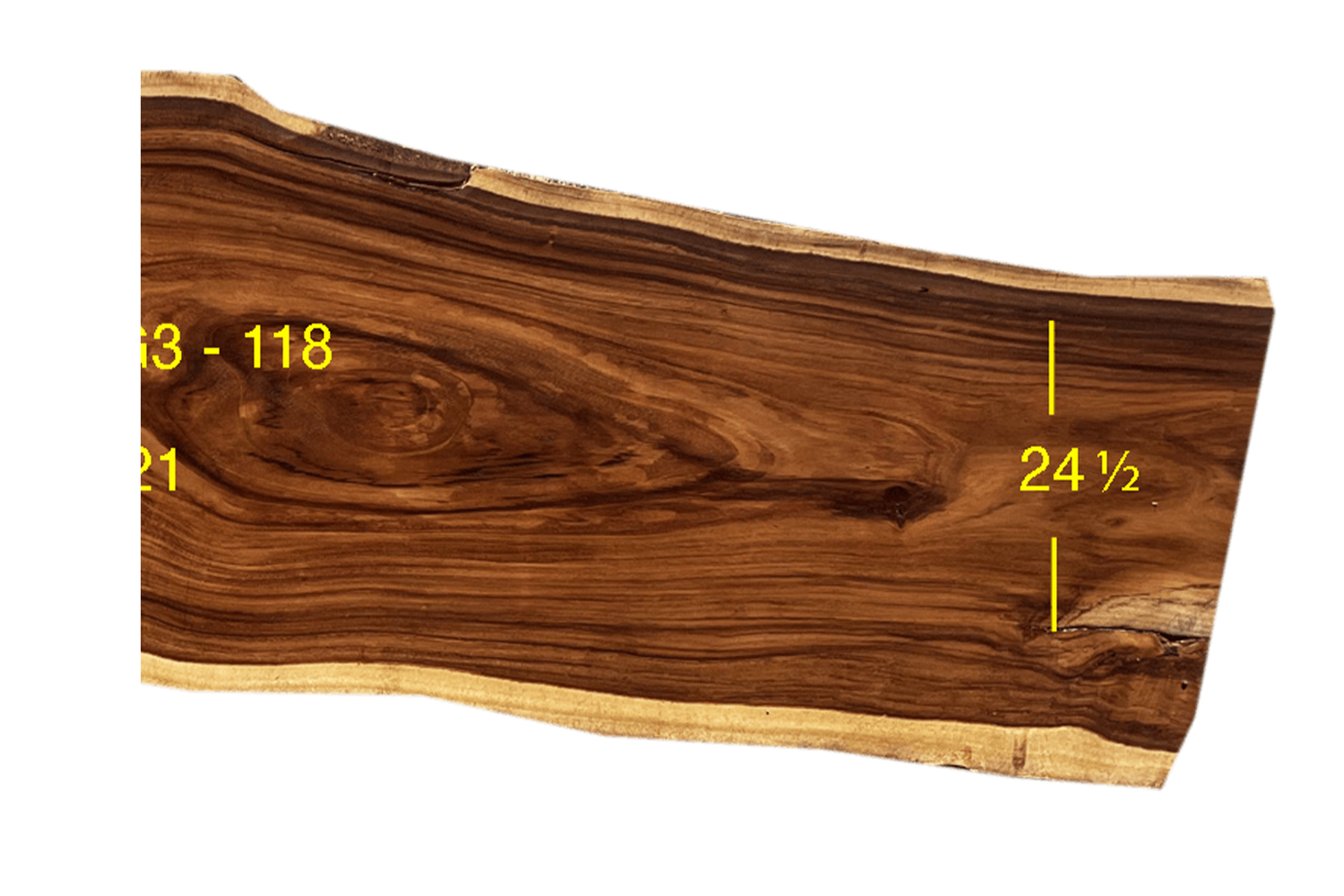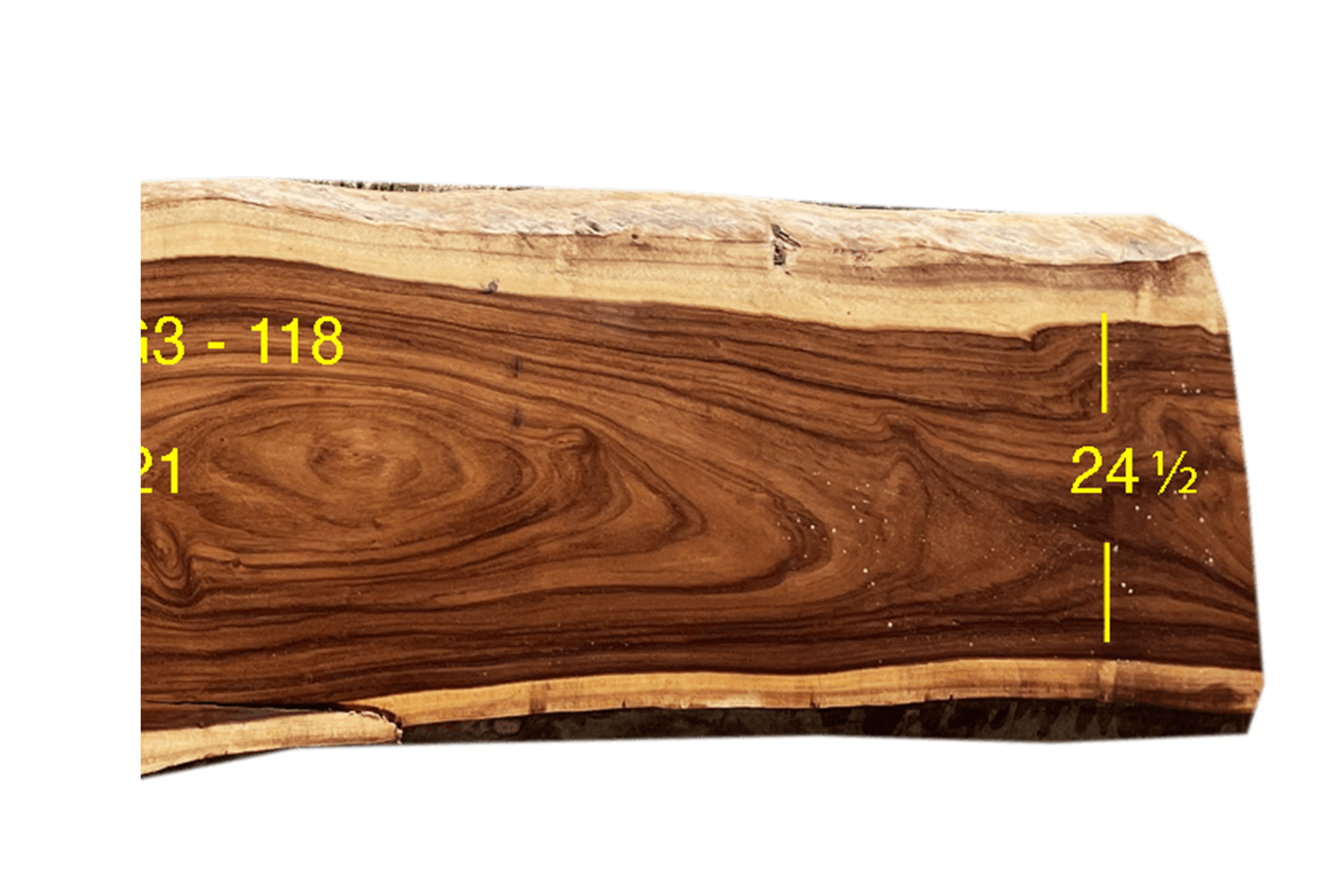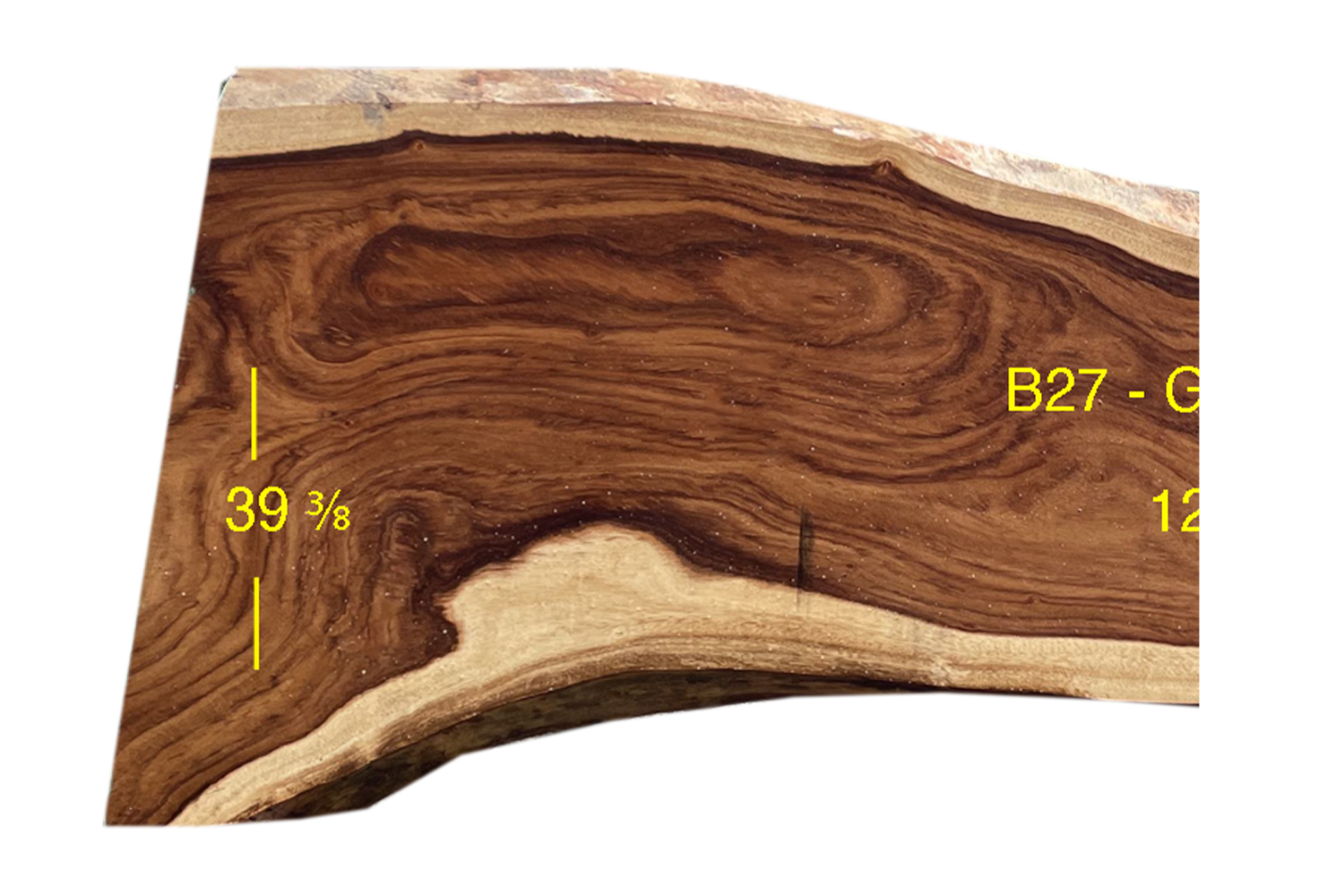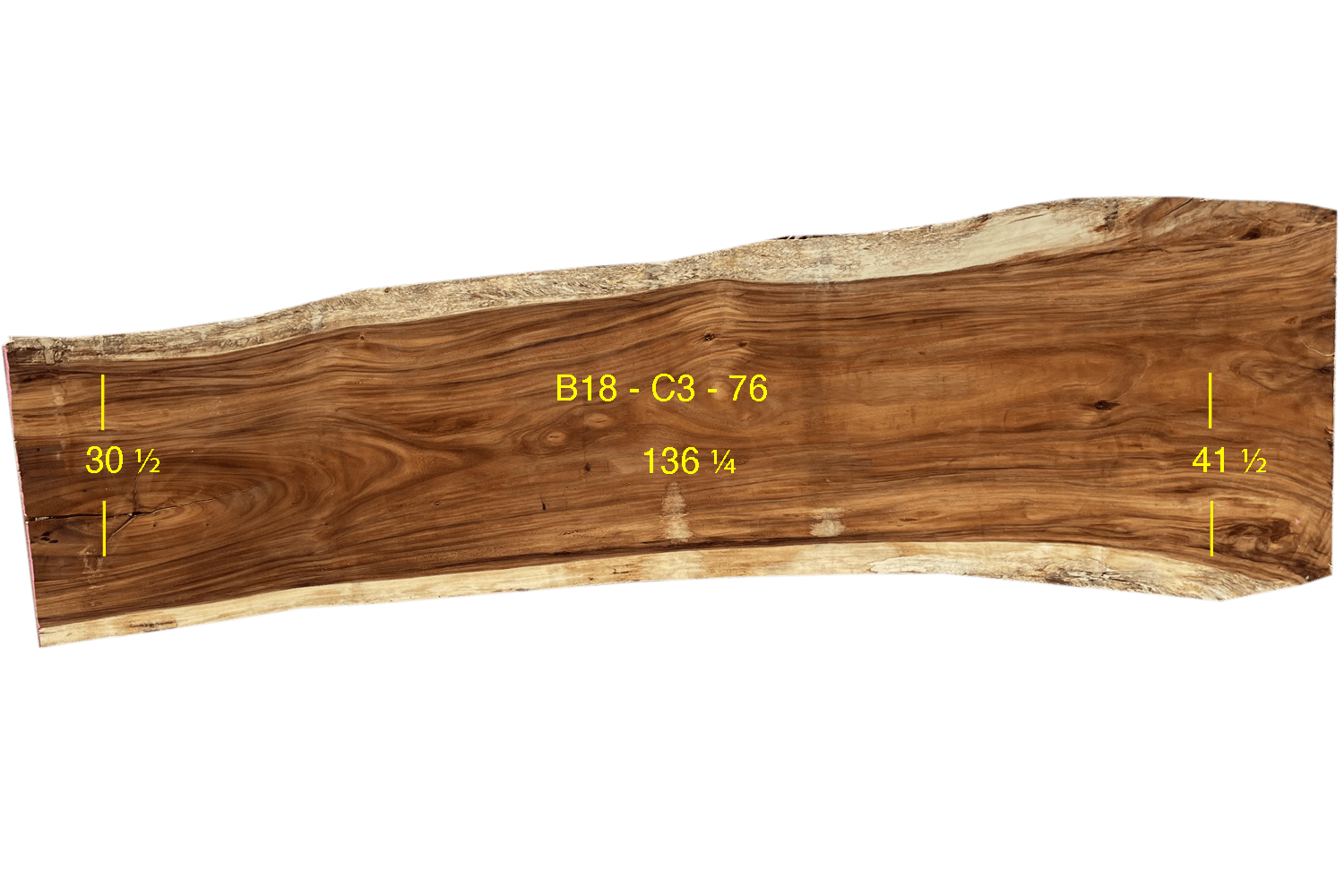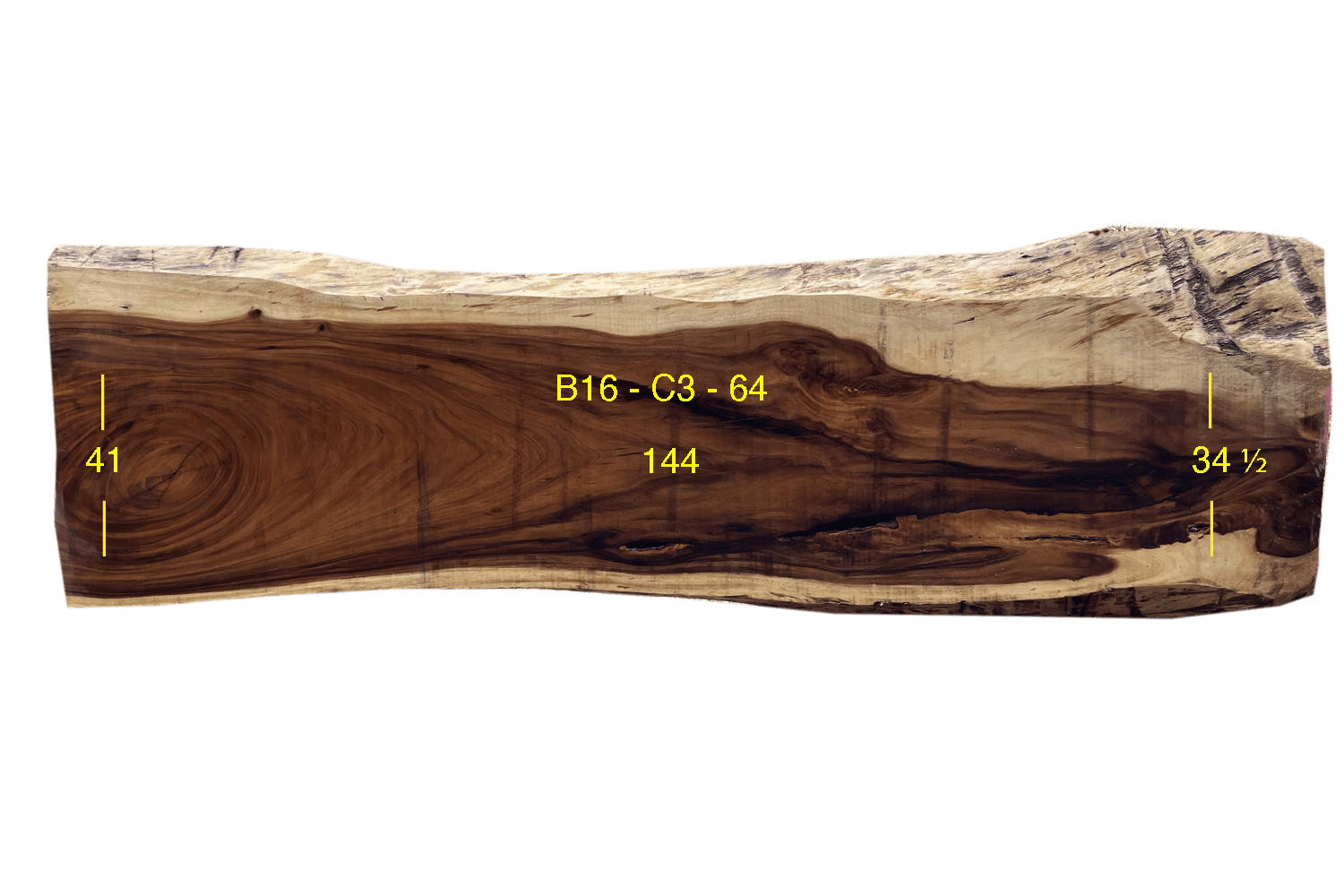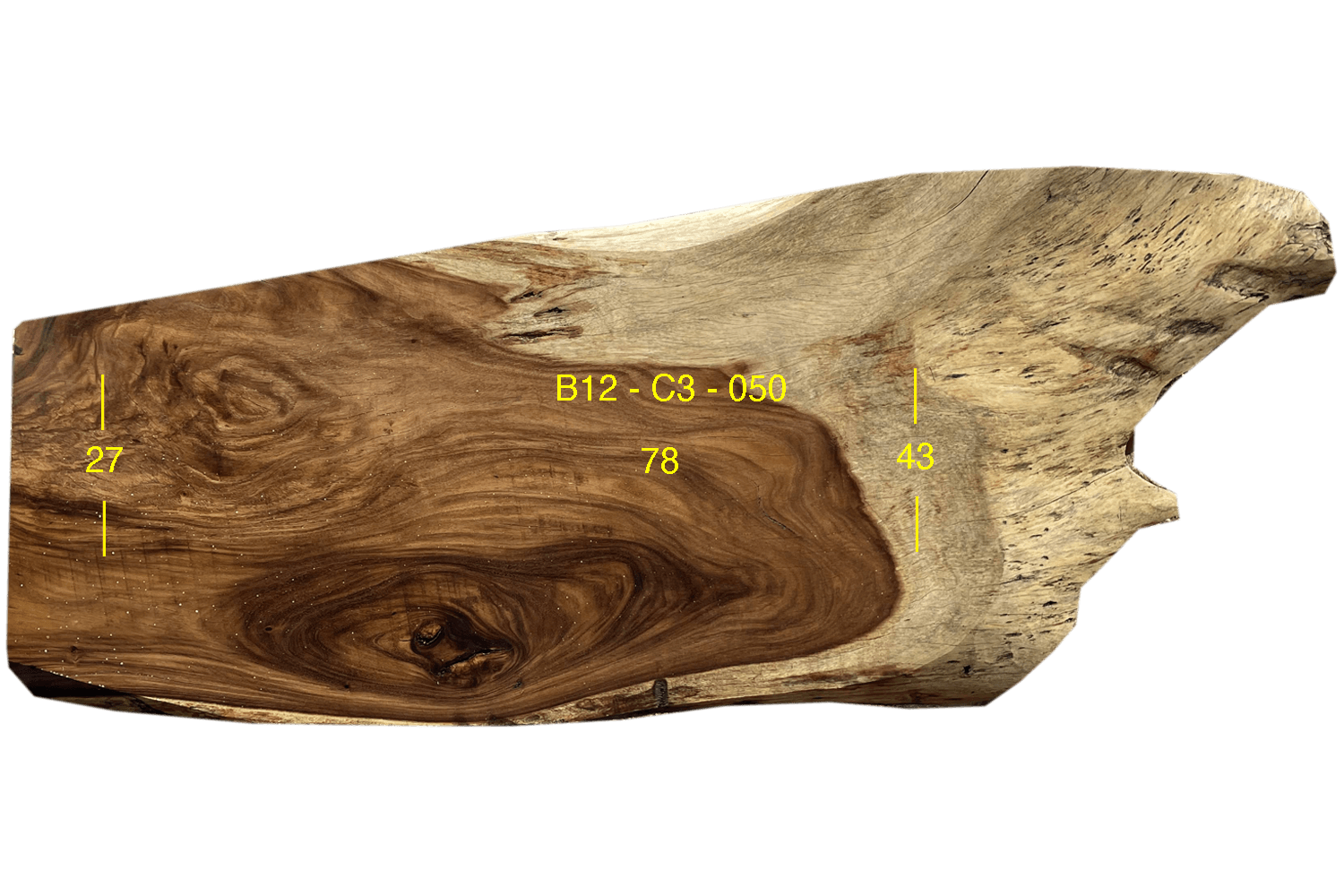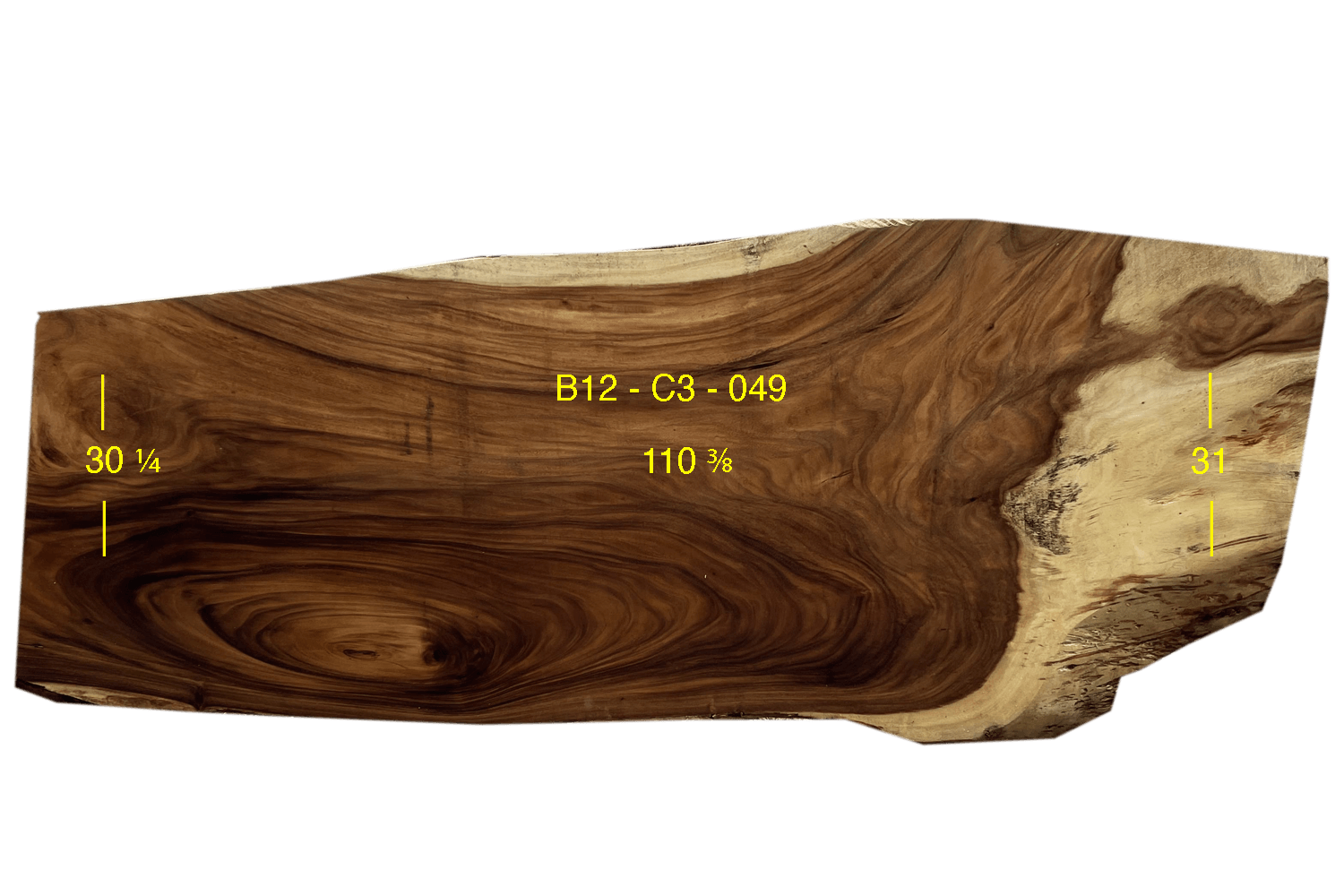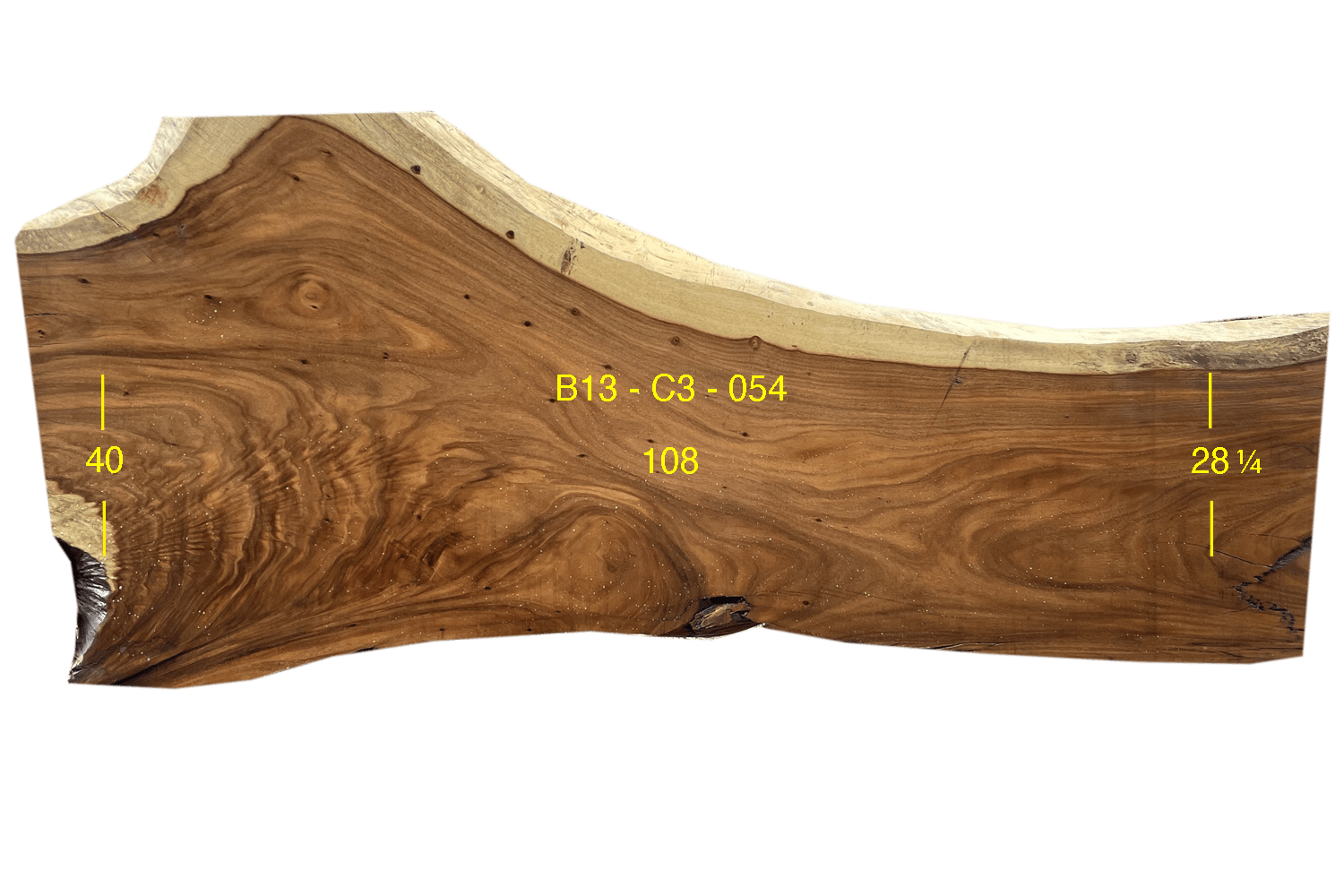History of Live Edge Wood Slab Furniture
Live edge wood slab furniture has been around for centuries but it gained popularity in the mid-20th century with the rise of modernism and appreciation for natural materials. Its origins can be traced back to traditional Japanese woodworking techniques where artisans would use whole tree slabs to create minimalistic yet elegant pieces of furniture.
The defining characteristic of live edge wood slab furniture is its use of natural edges from the tree trunk or branches. Unlike traditional furniture where rough edges are trimmed off, live edge pieces embrace these imperfections as part of their design aesthetic. Each piece is unique, showcasing the one-of-a-kind patterns and textures created by nature.
Are you a wood enthusiast? At Costa Rica Mill we offer you unique and high quality slabs, contact us here and get them now!
What is a Live Edge Wood Slab?
In simple terms, it is a piece of wood that has been cut from a tree trunk or branch with one or more edges left intact, rather than being cut into uniform shapes like traditional lumber. This means that the natural curves, knots, and imperfections are preserved in the final product.
Live edge wood slabs can come from various types of trees such as maple, oak, walnut, and even exotic woods like mesquite or acacia. The unique grain patterns and colors make each piece truly one-of-a-kind. These slabs are typically sourced from fallen or salvaged trees rather than being cut down specifically for furniture making, making them environmentally friendly choices for home decor.
One key feature that sets live edge wood slabs apart from other types of lumber is their "live" edges. These are the outer edges of the slab where you can still see the bark and natural contours of the tree. They add an organic touch to any piece of furniture and create a connection between nature and your home.
Want to learn more about our products? Explore our extensive inventory of slabs, each of which tells a unique story!
Choosing the Right Type of Wood Slab for Your Project
The first thing to consider is the type of wood. Some popular options for live edge furniture include walnut, maple, cherry, oak, and pine. Each type of wood has its own unique grain patterns and colors that can add character to your furniture piece.
Walnut is known for its rich dark brown color and swirling grain pattern while maple has a lighter tone with subtle variations in grain. Cherry offers a warm reddish-brown hue with distinctive figuring while oak has a strong, traditional look with prominent grain lines. Pine is often chosen for its rustic charm and knotty appearance.
Next, think about the size and shape of the wood slab you need for your project. This will depend on what kind of furniture piece you are creating. If you are making a dining table or desk, you may need a larger rectangular or oval-shaped slab. On the other hand, smaller slabs can be used for coffee tables or accent pieces such as shelves or mantels.
It's also important to consider the thickness of the slab. Thicker slabs tend to have more stability and strength but they can also be heavier and harder to work with than thinner ones.
Do you want to know our facilities? Book a call and we will give you a tour of our store.
Tools and Materials Needed for Creating Live Edge Furniture
Here are some essential items you will need to create your own live edge wood slab furniture:1. Live Edge Wood Slabs: The star of the show, of course, is the live edge wood slab itself. These slabs are typically cut from trees that have died or been removed due to disease or construction. They feature one or two natural edges that have not been trimmed or smoothed, giving them a unique and rustic look.
2. Saw: A high-quality saw is essential for cutting your live edge slab to the desired dimensions and shape. A chainsaw can be used for larger cuts, while a handheld circular saw may be more suitable for smaller and more intricate cuts.
3. Sander: Live edge slabs often require some sanding to smooth out any rough edges or imperfections in the wood. A belt sander or orbital sander can make this task much easier.
4. Router: For those looking to add intricate designs or details to their live edge furniture, a router is an important tool to have on hand. This powerful tool allows you to carve out shapes and patterns in the wood with precision.
5. Clamps: When working with large pieces of wood like live edge slabs, clamps are necessary for holding everything securely in place during cutting and assembly.
6. Wood Glue: Once you have cut your live edge slab into its desired shape, you will need strong wood glue to hold all the pieces together during assembly.
7. Finishing Materials: Depending on your preference and design aesthetic, you may want to finish your live edge furniture with a clear coat of polyurethane or stain it with a specific color.
8. Safety Gear: Working with power tools always comes with risks, so it's important to prioritize safety by wearing protective gear such as goggles, earplugs, and gloves.
Maintenance and Care for Long-lasting Pieces
In this section, we will discuss some essential tips for maintaining and caring for your live edge wood slab furniture.
1. Protect from Moisture: Wood is highly susceptible to moisture, which can cause warping, cracking, or even rotting. It is essential to protect your live edge wood slab furniture from any sources of moisture such as spills, humidity, or direct contact with water. Use coasters under glasses and trays under plants to avoid any water damage.
2. Regular Dusting: Dusting your furniture regularly is the first step towards proper maintenance. Use a soft cloth or feather duster to remove dust particles from the surface of the wood. Avoid using harsh chemicals or abrasive materials that can scratch or damage the natural finish of the wood.
3. Cleaning Spills Immediately: Despite taking precautions against spills, accidents can happen anytime. It is crucial to clean up any spills immediately before they seep into the wood and cause permanent stains. Gently blot the spill with a paper towel or cloth without rubbing it into the wood.
4. Conditioning: Just like our skin needs moisturizing, so does wood! Every few months, apply a high-quality conditioning oil specifically designed for wooden furniture on your live edge pieces to prevent drying and cracking of the wood.
5. Avoid Direct Sunlight: Exposure to direct sunlight can cause fading and discoloration of your live edge wood slab furniture over time. Try placing them away from windows or use curtains/blinds to filter out harsh UV rays.
We are a dedicated source for Parota and Monkey pod slabs. Connecting passionate woodworkers with exquisite and carefully selected materials. For more tips and information, follow us on Facebook and Instagram. Discover all our products at CostaRicaMill.com

